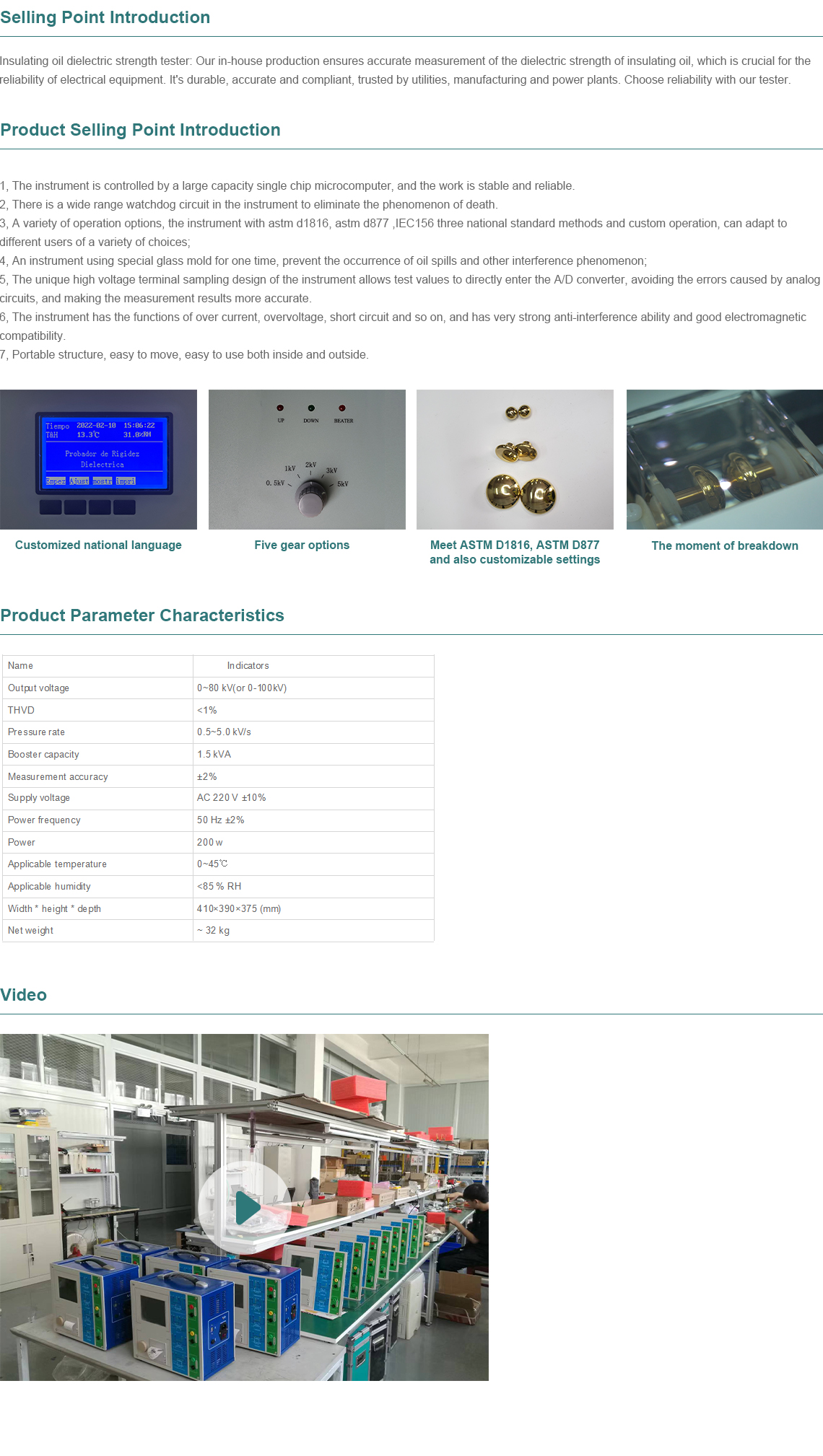 English
English


Measuring Oil and Grease Levels in Water Using the Gravimetric Technique
Determination of Oil and Grease in Water by Gravimetric Method
The presence of oil and grease in water bodies is a significant environmental concern, primarily due to their detrimental effects on aquatic life and water quality. Accurate measurement of these contaminants is essential for environmental monitoring and regulatory compliance. One of the effective methodologies for determining oil and grease levels in water is the gravimetric method. This article explores the principles, procedures, and significance of this method in environmental analysis.
Understanding Oil and Grease
Oil and grease typically refer to a mixture of hydrocarbons, including petroleum products, fats, oils, and waxes. These substances can originate from various sources, including industrial discharges, urban runoff, and wastewater effluents. Their presence in aquatic ecosystems can lead to issues such as oxygen depletion, disruption of photosynthesis, and harm to aquatic organisms. Therefore, regulatory agencies require routine monitoring of oil and grease concentrations to ensure water quality standards are met.
The Gravimetric Method
The gravimetric method for determining oil and grease involves several defined steps, leading to the quantification of these substances in water samples based on weight measurement. This method is favored for its simplicity, cost-effectiveness, and ability to provide accurate results.
1. Sample Collection and Preparation The first step involves the collection of water samples from the site of interest. It is crucial to use clean, contaminant-free containers and to promptly analyze the samples to avoid changes in composition. Water samples are then subjected to pre-treatment if necessary, such as filtration to remove particulate matter.
2. Extraction Procedure Once the samples are ready, they are subjected to an extraction process to isolate the oil and grease. A common technique involves the use of organic solvents, such as hexane or ether, which dissolve the oil and grease present in the water. The sample is typically mixed with the solvent in a separatory funnel, allowing the oil and grease to partition into the organic phase.
3. Separation of the Organic Phase After mixing, the mixture is allowed to settle, after which the organic phase, containing the dissolved oil and grease, is carefully separated. This separation can be performed using siphoning or decanting techniques to ensure minimal contamination from water.
4. Evaporation and Weighing The next step involves evaporating the solvent from the organic phase, leaving behind the oil and grease residue. This can be achieved using a rotary evaporator or a simple evaporation dish placed on a hot plate. The residual material is then cooled in a desiccator to avoid moisture absorption before weighing it on an analytical balance.
determination of oil and grease in water by gravimetric method

5. Calculation of Results The amount of oil and grease is expressed as a weight per unit volume of the original water sample (usually in mg/L). This calculation can be adjusted based on the volume of the original sample and the weight of the residue obtained.
Significance of the Gravimetric Method
The gravimetric method holds considerable significance in environmental monitoring and regulatory frameworks. Its advantages include
1. Accuracy The gravimetric approach is known for its reliability in providing precise measurements, making it suitable for regulatory compliance.
2. Sensitivity This method can detect low levels of oil and grease in water, thus ensuring thorough monitoring of pollution.
3. Cost-Effectiveness Compared to more sophisticated analytical techniques, such as gas chromatography or infrared spectroscopy, the gravimetric method requires less expensive equipment and materials.
4. Simplicity The procedure is relatively straightforward and can be performed in a standard laboratory setting without specialized training.
Conclusion
In conclusion, the gravimetric method for determining oil and grease in water remains a critical tool for environmental scientists and regulatory agencies. By employing this technique, stakeholders can effectively monitor water quality, ensuring that natural water bodies remain safe and healthy for both aquatic life and human use. Continuous advancements in analytical techniques will enhance the efficacy of the gravimetric method, contributing to better environmental stewardship and sustainable water management practices.
-
Differences between open cup flash point tester and closed cup flash point testerNewsOct.31,2024
-
The Reliable Load Tap ChangerNewsOct.23,2024
-
The Essential Guide to Hipot TestersNewsOct.23,2024
-
The Digital Insulation TesterNewsOct.23,2024
-
The Best Earth Loop Impedance Tester for SaleNewsOct.23,2024
-
Tan Delta Tester--The Essential Tool for Electrical Insulation TestingNewsOct.23,2024





